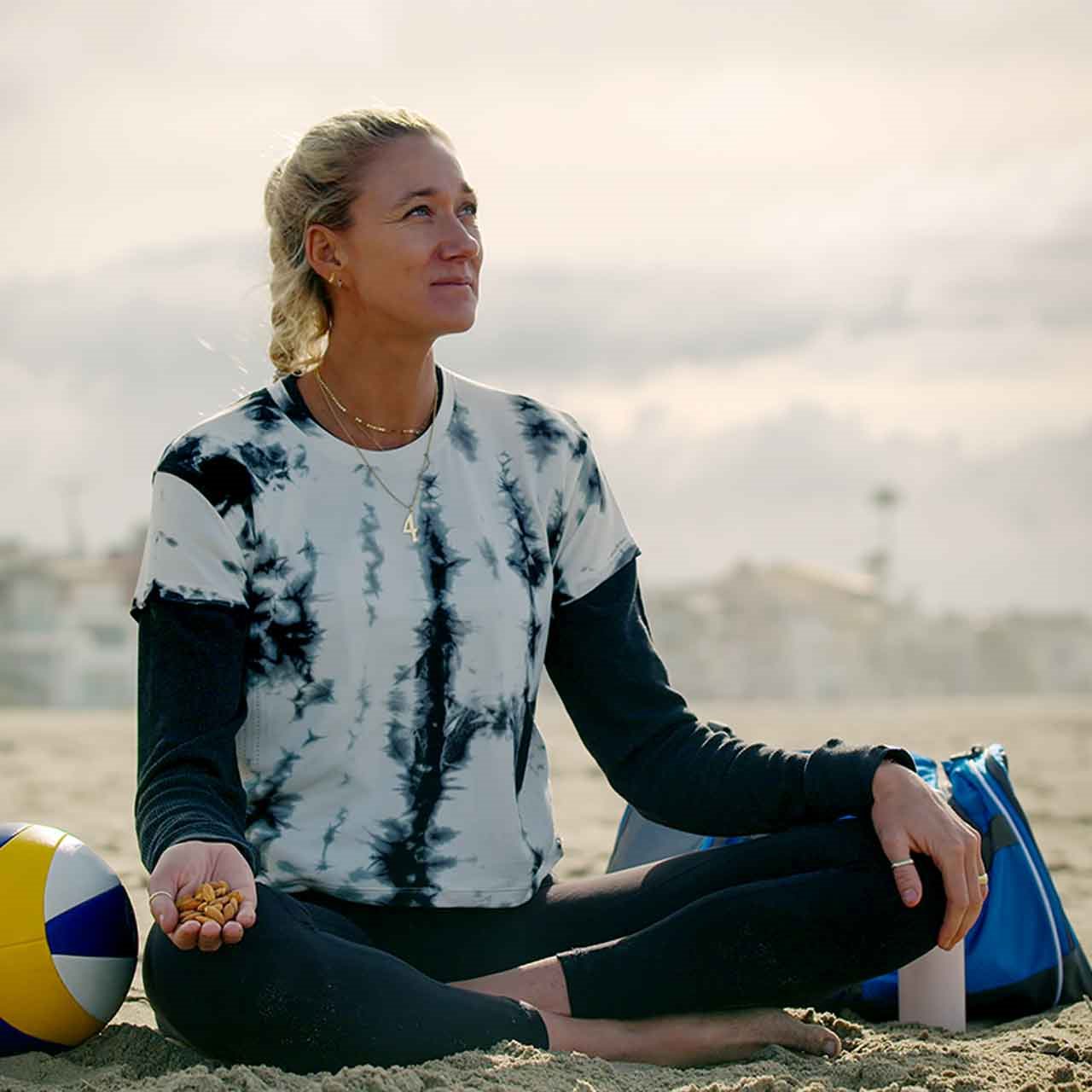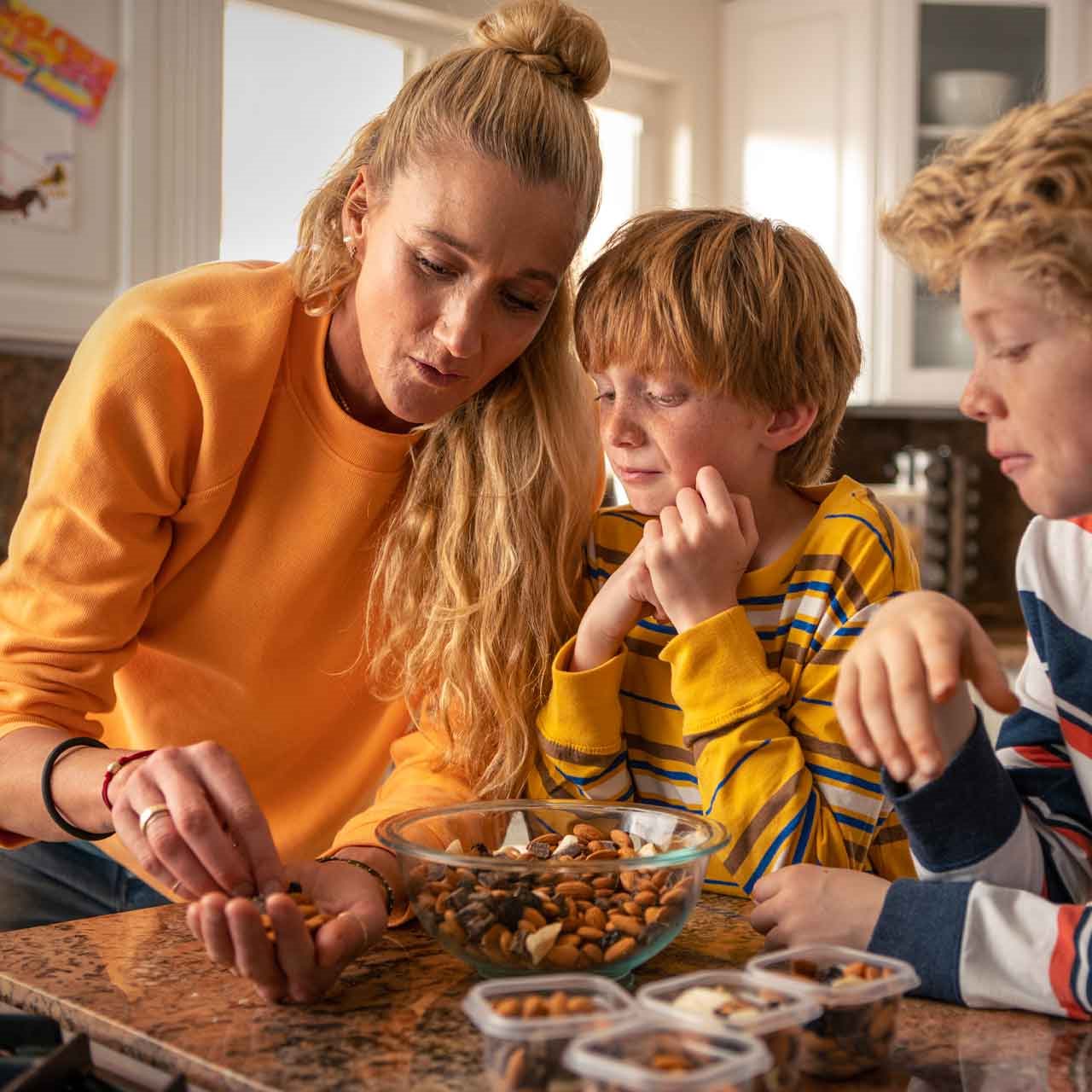2020-07-23T10:01:01
(BPT) – With the end of an unconventional school year, parents around the country are faced with the daunting challenge of saving for their children’s college education. The cost of college is rising, and many American households are already wrestling with their existing student debt. According to NerdWallet, the collective student debt in the U.S. has climbed to $1.6 trillion and shows no signs of decreasing.
Saving for college may seem like an overwhelming task, especially amid the uncertainty surrounding COVID-19, but there are options available to help make the impossible become possible. One option that all parents and students should consider is a 529 college savings plan, which offers a tax advantage to encourage saving for future higher education costs. Tax-advantaged treatment applies to savings used for qualified education expenses. State tax treatment varies.
“Saving for higher education is critical, even during times of uncertainty,” said Russ Tipper, senior vice president at Capital Group, home of American Funds®, and one of the world’s leading investment management firms. “A 529 college savings plan can be a valuable investment tool and offers an attractive gift option for family members who may also wish to contribute.”
How 529 plans work
With a 529 plan, the earnings are not taxed when you use the money for qualified education expenses. If withdrawals are used for purposes other than qualified education expenses, the earnings will be subject to a 10% federal tax penalty in addition to federal and, if applicable, state income tax. States take different approaches to the income tax treatment of withdrawals. For example, withdrawals for K–12 expenses may not be exempt from state tax in certain states. Here are a few more reasons to consider a 529 plan:
- Families can contribute up to $15,000 ($30,000 for married couples) annually, without gift-tax consequences. Under a special election, you can invest up to $75,000 ($150,000 for married couples) at one time by accelerating five years’ worth of investments.
- 529 plans are flexible. In addition to standard college costs, qualified education expenses from 529 plans can be used to pay an elementary, secondary, private or religious school (for K–12 tuition up to a maximum of $10,000 incurred during the taxable year per beneficiary), vocational school, community college, online educational courses and graduate programs.
- New law further expands uses for 529 plans. Under the SECURE Act, 529 plans can now be used to pay the principal or interest (up to a $10,000 lifetime maximum) on any qualified student loans of a designated beneficiary or the designated beneficiary’s sibling. For distributions made after December 31, 2018, qualified education expenses include expenses for fees, books, supplies and equipment required for the participation of a designated beneficiary in certain apprenticeship programs.
- The account owner can change the beneficiary at any time without tax consequences if the new beneficiary is a member of the family.
- These accounts can be used by anyone looking to go back to school to obtain a degree or seeking to take classes to learn a new skill. Adults can set up 529 plans to cover their own educational expenses.
- Anyone can contribute to a child’s 529 savings plan — parents, grandparents, aunts, uncles and friends could have the opportunity to gift a contribution that goes directly to education savings.
- There are also tax and estate planning benefits. Assets grow free from federal and, in many cases, state taxes if withdrawals are used to pay qualified education expenses. Your contributions are free of gift taxes and can help pare down one’s estate and reduce potential estate taxes.
- For people living with disabilities, consider a tax-advantaged savings plan such as ABLEAmerica, which is designed to help individuals with disabilities and their families pay for qualified expenses. Tax-advantaged treatment applies to savings used for qualified disability expenses. State tax treatment varies.
Saving early pays off
Millennials — many of whom are already impacted by their own student loan debt — are focused on saving for their children’s future education. According to a survey issued by Capital Group, 31% of millennials report that not having enough money to pay for their children’s education keeps them up at night. One in three millennials also ranked 529 college savings plans as an important benefit an employer could offer.
“Starting to save for college earlier truly pays off. Most families begin saving for college at least seven years before they expect to use the money. However, beneficiaries about to enter college (age 18 today) have typically saved less than one years’ worth of estimated public college expenses. Investing early is critical to helping with minimizing the need for student loans and, ultimately, eliminating student loan debt,” said Tipper.
How to choose a 529 plan
Working with a financial professional can help with long-term financial planning. A financial professional can help families understand their choices and determine which investment approaches make sense.
CollegeAmerica®, the nation’s largest 529 college savings plan,1 is a strong option that offers low expenses and flexible,2 easy-to-use investment options, including target date funds.
Most importantly, do your homework and select the right 529 plan for your family — one that will pay off in the long run. Determine investment goals and then find a plan with flexibility, low fees and low minimum investment requirements.
1 Largest by assets, according to the 1Q 2020 “529 College Savings Quarterly Update” from ISS Market Intelligence.
2 “529 College Savings Quarterly Fee Analysis,” ISS Market Intelligence, 4Q 2019. CollegeAmerica’s fees were in the top quartile of 30 and 18 plans based on the average annual asset-based fees for national advisor-sold and fee-based advisor-sold 529 plans, respectively.
###
Investments are not FDIC-insured, nor are they deposits of or guaranteed by a bank or any other entity, so they may lose value.
Investors should carefully consider investment objectives, risks, charges and expenses. This and other important information are contained in the fund prospectus, summary prospectus, CollegeAmerica Program Description and ABLEAmerica Program Description, which can be obtained from a financial professional and should be read carefully before investing. CollegeAmerica and ABLEAmerica are distributed by American Funds Distributors, Inc. and sold through unaffiliated intermediaries.
Depending on your state of residence, there may be an in-state plan that provides state tax and other state benefits not available through CollegeAmerica (such as financial aid, scholarship funds and protection from creditors) or ABLEAmerica. Before investing in any state’s 529 plan, investors should consult a tax advisor.
CollegeAmerica and ABLEAmerica are nationwide plans sponsored by Virginia529.
This content, developed by Capital Group, home of American Funds, should not be used as a primary basis for investment decisions and is not intended to serve as impartial investment or fiduciary advice.
All Capital Group trademarks mentioned are owned by The Capital Group Companies, Inc., an affiliated company or fund. All other company and product names mentioned are the property of their respective companies.
Statements attributed to an individual represent the opinions of that individual as of the date published and do not necessarily reflect the opinions of Capital Group or its affiliates. This information is intended to highlight issues and should not be considered advice, an endorsement or a recommendation.
American Funds Distributors, Inc., member FINRA.














